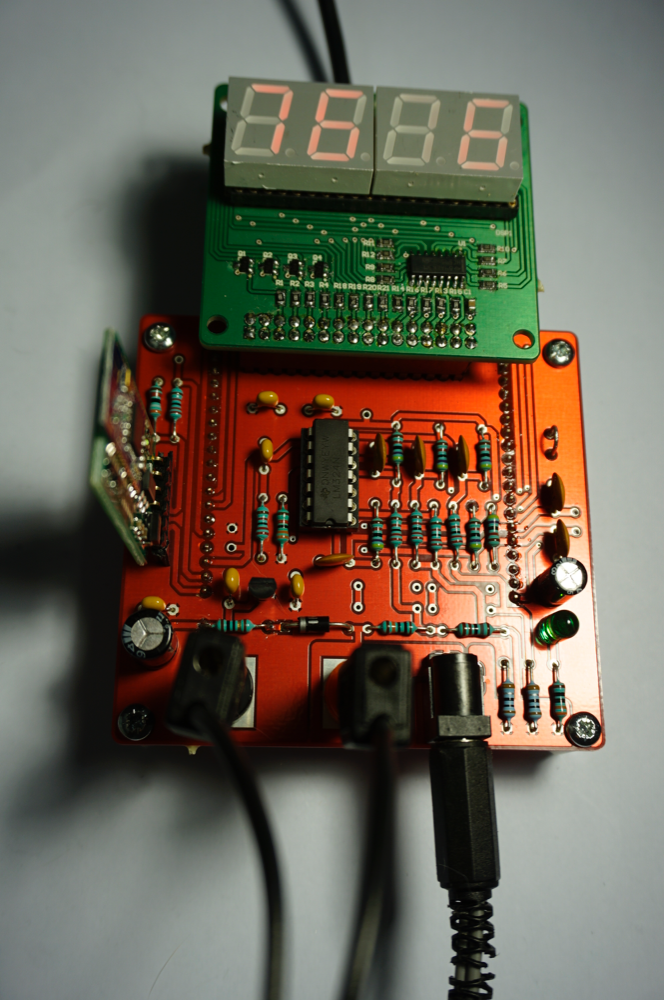Introduction
This space is created to share information related to "ELECTENG/COMPSYS 209: Analogue and Embedded Software Design" under a Creative Commons Attribution 3.0 Licence. The site contains a collection of lectures along with extra information such as example designs from previous years, code examples, design ideas, etc. The presentations are written in Markdown to encourage suggestions, where improvements and/or supplementary material can be submitted by sending Pull Requests.
About ELECTENG/COMPSYS 209
Depletion of fossil fuels, irresponsible and inefficient utilization of energy, and consequent adverse impacts on the environment are current global concerns. These concerns have led to global awareness of renewable generation and sustainable utilization of energy in an attempt to reduce the reliance on oil, coal, and gas to generate electricity. Consequently, billions of dollars are being invested worldwide in energy-related research and development projects searching for efficient, cost-effective, and reliable technologies. Fuelled by the significant investments made in the energy sector, the global renewable energy capacity has steadily increased over the last decade. To further promote the widespread use of renewable energy, effective new technologies such as decentralized energy generation (DEG), smart houses, and smart grids have been introduced recently. However, these new technologies essentially require some form of smart monitoring as well as control subsystems to allow for the efficient generation and sustainable use of energy.
This project aims to design and develop an energy monitor that may be used in a smart house to measure and display the amount of energy consumed by appliances, thereby enabling better management and utilization of renewable energy. During this project, students will be working as part of a design team of four, who will undertake an investigation and subsequently design and develop an energy monitor.
This project has three components - analogue circuit design, embedded software development, and system integration. Students will start the project by developing a 'paper' design of the analogue circuitry and then validate this design using LTspice simulations. Students will then design and develop an embedded software program that implements the energy monitoring functionality using the inputs derived from their analogue circuitry. After validating your software's functionality using Proteus Virtual System Simulator (VSM) and/or the provided hardware emulator, analogue and software designs will be integrated to develop a prototype of a smart energy monitor. Finally, students will characterise their design's performance and show that it meets the design specifications given. At the conclusion of the project, each team will be interviewed by an assessor and allowed to demonstrate their design's performance. The top designs will be judged by engineers from Datamars, who sponsor this course, and the best design team will be awarded a prize.



